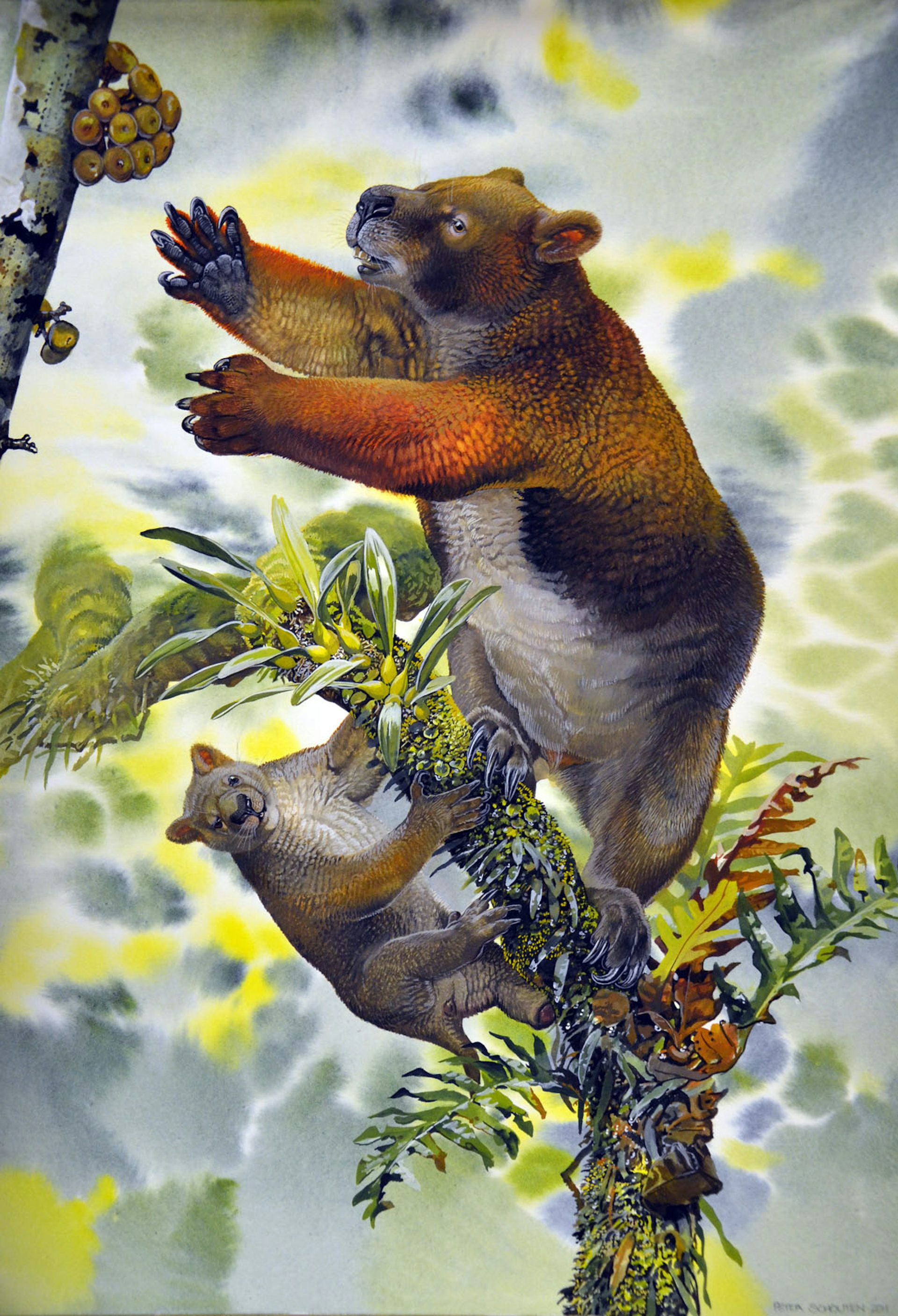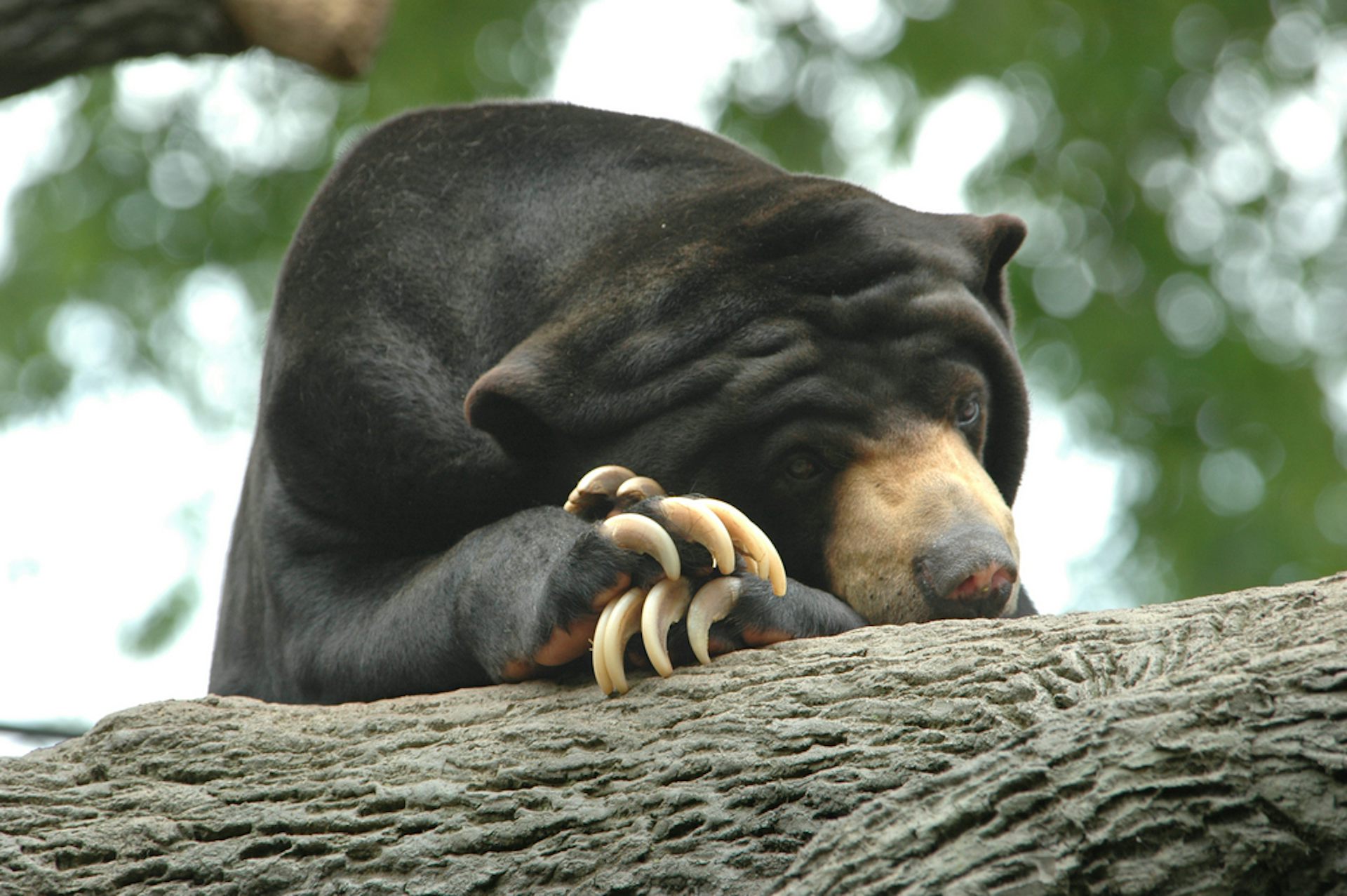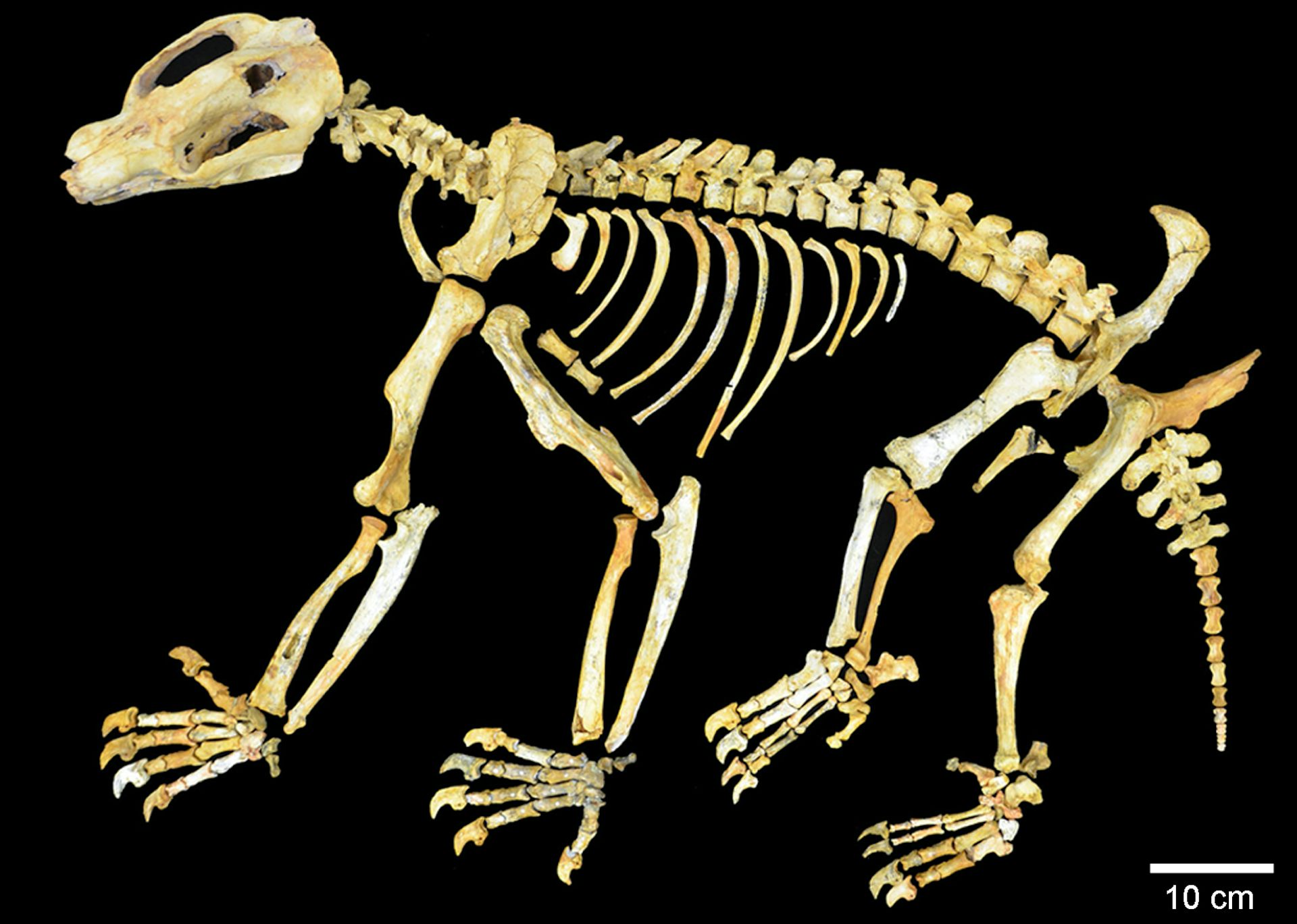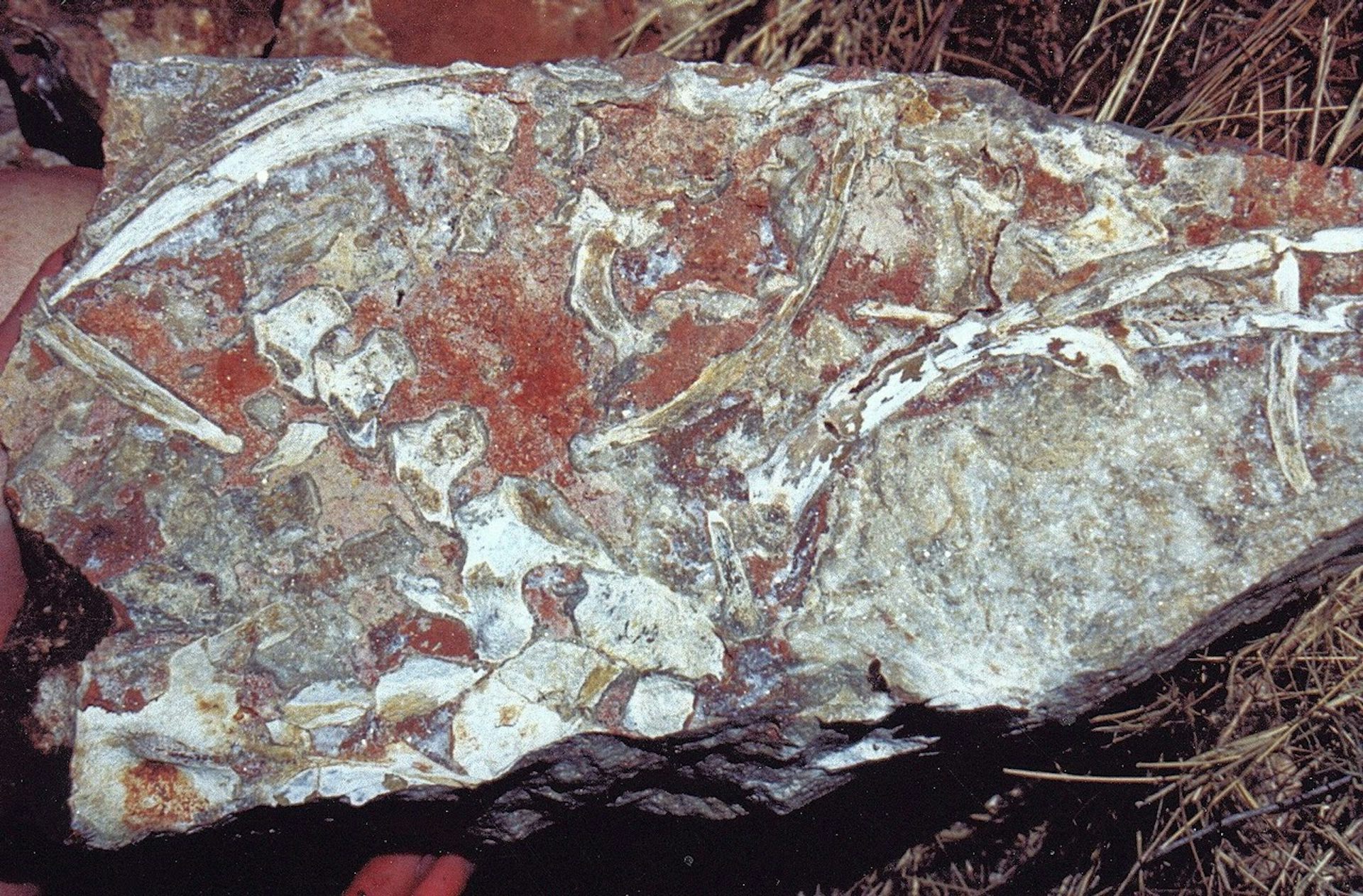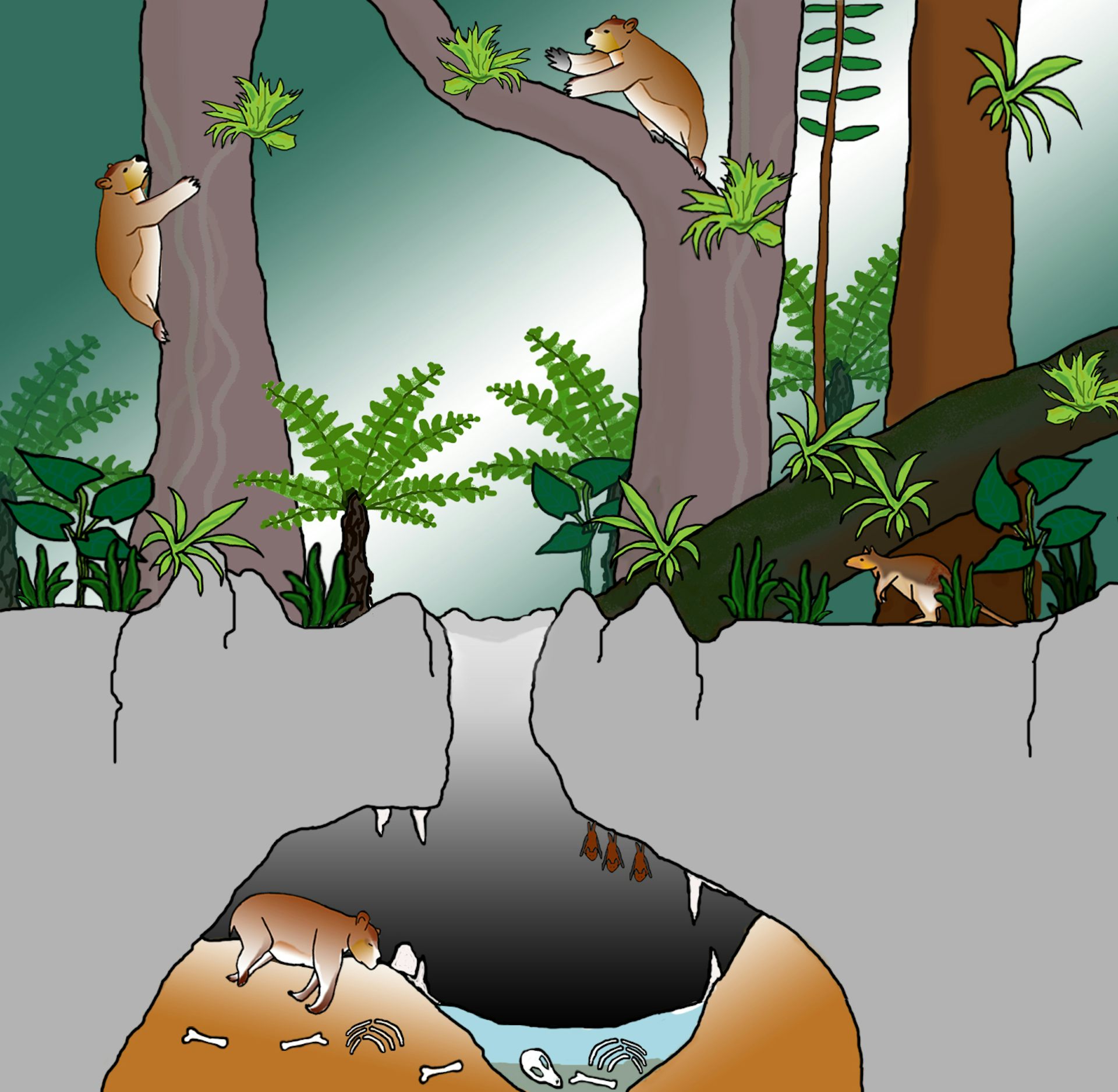Slideshow code developed in collaboration with ChatGPT3 at https://chat.openai.com/
From enormous elephants to tiny shrews: how mammals shape and are shaped by Africa's landscapes
The thing about evolution is that it explains how and why an ecosystem shapes and changes the evolution of the species within it and why the evolution of the species within it shapes and changes the ecosystem, all driven in the longer term by changing climate and geology and migration of new species into it.
The key to understanding that is understanding how environmental selectors favour certain variants over others, whether those variants are size, color, ability to find food and mates, or avoid being the prey of predators.
Given that then, we can us the Theory of evolution to predict that the reason Africa's fauna is the way it is today will be found in African geological and geological history and the history of migration into Africa from, mostly, Eurasia.
In his new book, African Ark: Mammals, landscape and the ecology of a continent, Professor Ara Monadjem of the Department of Biological Sciences, University of Eswatini, describes where the African megafauna came from and how they have shaped the African ecosystems, even influencing the evolution of humans, and in so doing have created an environment on which many plants and small animals depend.
His article in The Conversation explains the background to his book. His article is reprinted here under a Creative Commons license, reformatted for stylistic consistency.

From enormous elephants to tiny shrews: how mammals shape and are shaped by Africa’s landscapes
The African elephant is the world’s largest terrestrial mammal.
Ara Monadjem, Author provided
Ara Monadjem, University of Eswatini
Africa is the world’s most diverse continent for large mammals such as antelopes, zebras and elephants. The heaviest of these large mammals top the scales at over one ton, and are referred to as megafauna. In fact, it’s the only continent that has not seen a mass extinction of these megafauna.
The continent’s megafauna community includes the world’s largest terrestrial mammal, the African elephant. Adult African bush elephants can weigh as much as 6 tons. Other giants across African continent include hippopotamuses, rhinoceroses and giraffes.
So, it is only in Africa that ecological interactions and dynamics can be studied as they would have been before the sudden and profound flourishing of Homo sapiens over the past 12 000 years; before then, megafauna would have dominated all terrestrial landscapes on all continents. A visit to Africa is, in other words, a visit to our planet’s past.
In my latest book, African Ark: Mammals, Landscape and the Ecology of a Continent, I tell the story of how Africa’s mammal fauna arose.
It’s not just a tale of megafauna and other well-known large mammals. I pay particular attention to small mammals, such as mice, bats and shrews. That’s partly because I have been studying these creatures for the past three decades.
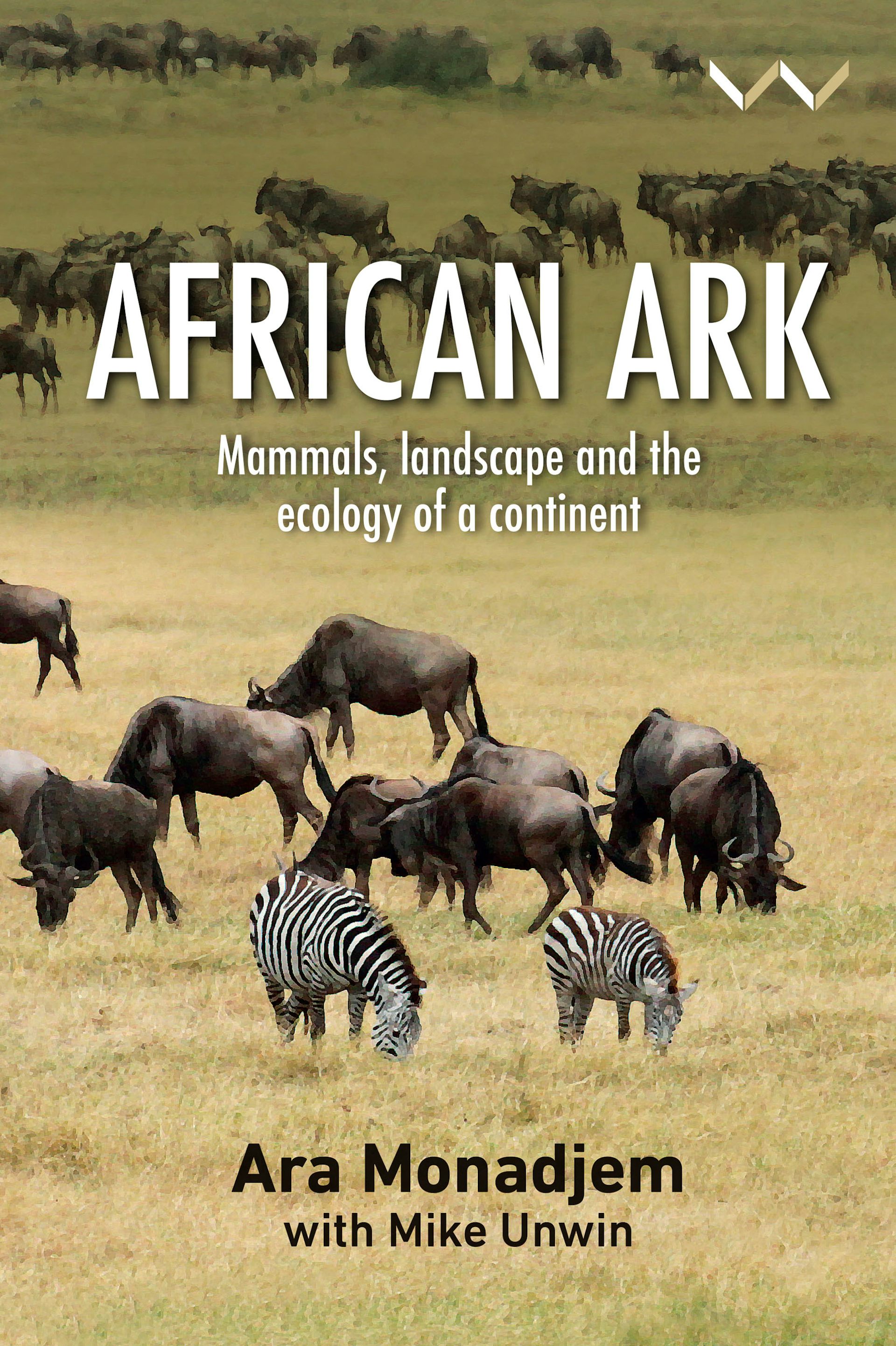
Africa’s mammals are a global treasure that must be protected. However, the lives of local communities are inextricably linked with these mammals and the remaining natural landscapes that harbour their dwindling populations; conservation solutions will require these communities’ active participation and blessing.
In some areas, nature-based tourism may be a viable solution. However, much of the rest of the continent – where no tourists go – will require other, perhaps novel, approaches. What we cannot afford is the extinction of any of these beautiful creatures or the continued loss and reduction of the ecosystem services that they freely provide.
Early mammal history
The history of African mammals begins with an apparently unrelated group of creatures. They’re so dissimilar from each other today that taxonomists didn’t work out their true relationships until about two decades ago. These are the elephants, manatees, elephant shrews, African golden moles, hyraxes and tenrecs. Collectively they make up the super-order Afrotheria.
Today, this group accounts for only a small fraction of the mammal species on the continent. But that is only because Africa – which formed part of the prehistoric southern supercontinent of Gondwana – was colonised, in stages and over millions of years, by ‘invaders’ from the northern supercontinent of Laurasia.
These colonists include nearly all the mammals that we normally associate with Africa, including rhinoceroses, zebras, antelopes, primates, bats and even rodents. In return, some Afrotherians, including elephants, roamed out of Africa to colonise other lands further north.
Other mammals, including monkeys and caviomorph rodents (such as guinea pigs and capybaras), used Africa as a stepping stone to colonise South America, as did lemurs to colonise Madagascar.
Shaped by geography
The variables of physical geography have worked hand in hand with the tectonic forces of prehistory.
Africa is not a uniform landscape that enjoys the same climate and habitat throughout. Some parts, such as Madagascar, are not even connected to the mainland but appear as offshore islands. Terrestrial mammals typically reach islands in two ways: they either raft across the intervening sea, or cross by foot during periods of drier weather or lower sea levels that connect the islands to the mainland.
In the continent’s interior, other formidable barriers restrict and determine mammal movement. Long, deep, fast-flowing rivers, such as the Congo in central Africa, can be almost as effective a barrier as open oceans. Mountain ranges can form inland ‘islands’ that are as ecologically isolated as their ocean equivalents.
By providing barriers, geographical features limit the movement of animals across the landscape, thereby affecting the composition of mammal communities in different parts of the continent.
Population shifts
Another element that’s crucial to telling the story of Africa’s mammals is an understanding of how species and population groups are formed and fluctuate over time.
For example, megafauna play important roles in shaping the landscape and its plant communities. This in turn shapes many smaller animals’ habitats. Hippopotamuses in the Okavango Delta create and maintain open water channels, which serve as critical habitat for fishes. And, by defecating in water, hippos also introduce vast amounts of organic fertiliser into this aquatic ecosystem, helping to enrich it.
Smaller animals, too, shape landscapes.
Some species of rats and mice, such as pouched mice in the genus Saccostomus, are granivores that feed on seeds, including those of trees responsible for bush encroachment in savannas such as the sicklebush. Colleagues and I have shown experimentally that various species of mice in Eswatini actually prefer the seeds of this encroaching plant and hence can assist in controlling its spread. But these rodents require good grass cover for persistence, and hence can’t provide this ecological service in over-grazed, degraded landscapes.
The numbers of animals naturally fluctuate over time, typically reflecting fluctuations in food supply brought about by, for example, droughts or floods. A key determinant of these population fluctuations is also the inherent life history characteristics of a species: short-lived, fast reproducing species such as rats and mice will, by definition, experience greater fluctuations in their numbers than long-lived, slow reproducing species like elephants.
Conservation
My book concludes by looking at human interactions with African mammals and the need to conserve these mammals, both for their own sake and for ours. The ecosystem services provided by many mammals are crucial to a healthy environment for all species. Humans evolved in Africa and have interacted with other African mammals for millions of years here.
This is not true on other continents, where humans are – in geological timescales – a recent addition. It may well be that this long relationship between humans and other African mammals is the reason why, despite the losses wrought by humankind, so many large mammals persist on the continent: they have ‘learnt’ through natural selection how to survive with us.
The book was written in conjunction with wildlife journalist Mike Unwin and is published by Wits University Press.
Ara Monadjem, Full Professor in the Department of Biological Sciences, University of Eswatini
This article is republished from The Conversation under a Creative Commons license. Read the original article.



